
Rolled Ankle Injury – How to Prevent Ankle Sprain
The Dreaded Ankle Roll
Starting out in trail running, a rolled ankle injury is a common and very likely issue. You may have come from road running and are now dealing with varied and uneven ground surfaces which our ankles and lower legs have not been conditioned to.
In this post I’m going to talk about my experience with a rolled ankle injury, why it can continue to happen and how to prevent it from happening. By adding in some simple balance and stabilisation exercises (as below), you can see a huge improvement in a matter of weeks.
Rolled Ankle Injury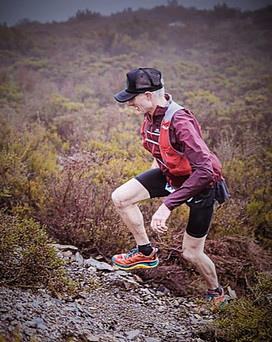
When transitioning from primarily road running events to trail (off-road), I soon realised the awareness one must have with foot placement on these uneven ground surfaces.
In the beginning I did roll my ankle quite a few times as I was not very skilled and my body was not properly prepared for some of the trails I was running. Regular ankle rolls can lead to major problems if not addressed. As I am not one to have a problem like this and just give up, I researched ways to deal with the issue.
Finding a Solution
I realised that it was the right ankle predominantly being affected. Initially this may have been from a muscle weakness on that side somewhere within the run stride mechanism. So when my foot landed on uneven ground, the chances of a roll were heightened.
Another reason for predominantly having one side affected with an ankle roll isn’t just a weakness after injury. It can also be a sensory issue. After someone has suffered an ankle sprain, not only is the ligament structurally injured, the sensory receptors in the ligament are also damaged.
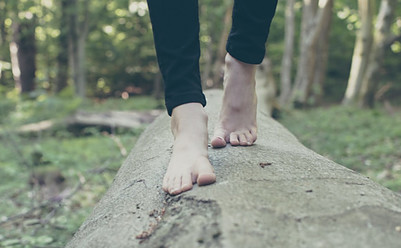
These receptors are responsible for proprioception, which is a function of the nervous system that helps a runner sense where the foot is in relation to the ground. A loss of proprioception to the ankle/foot area can leave a runner lacking confidence and therefore increase the chances of a recurring injury.
How I Lessened the Chances of an Ankle Roll
Once I had worked out some of the reasons I was repeatedly rolling my ankle I set out to fix the problem. I assumed some of the receptors in my right ankle were probably damaged by the initial occurrences. I thought there was not much I could do about this, other than trying not to roll my ankle for long enough to allow healing.
It turns out that implementing a few key stabilisation and strength exercises can go a long way in significantly reducing the chance of injury re occurrence.
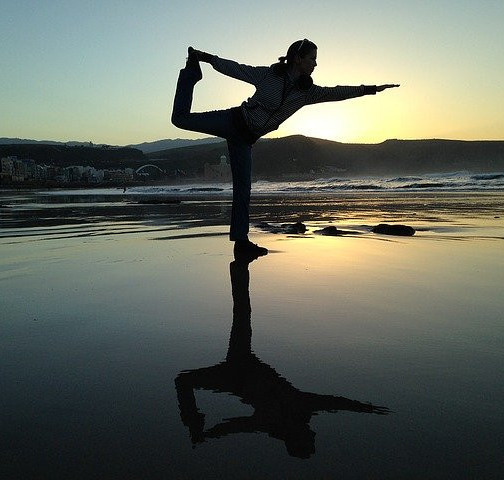
How to Prevent Ankle Sprain
Balancing Exercises
Balance training will improve the proprioception and the coordination of the muscles around the ankle joint. This will therefore lead to better sensation and awareness of the ankle and foot positioning.
Researchers have concluded that four weeks of dynamic balance and training led to improved ankle stability and function. It helps improve sensorimotor objectives, which in turn allows you to overcome chronic ankle instability.
Sensorimotor skills involve the process of receiving sensory messages (sensory input) and producing a response (motor output). We receive sensory information from our bodies and the environment through our sensory systems (vision, hearing, smell, taste, touch, vestibular, and proprioception).
Exercises to Improve Ankle Stability and Function
Single Leg Balancing
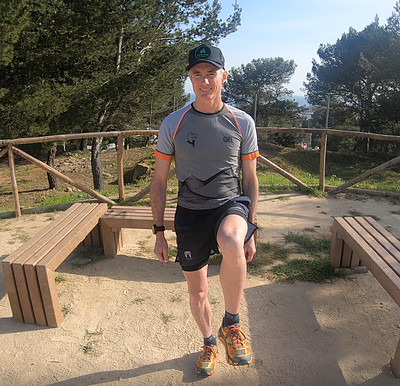
Balance on one foot for 30 seconds and increase the time as you improve. I find a great time to do this is when I’m brushing my teeth. By doing it during this activity I know I’ll be practicing it twice daily and have a great reminder trigger.
Once you get quite good at a simple single leg balance, you can progress to more difficulty. For example, completing the time with your eyes closed, a whole new level! When I first started doing this I could barely stay on one foot for more than five seconds. As you practice, you will see a big improvement in a relatively short time.
Related: Exercises to Improve Running Form
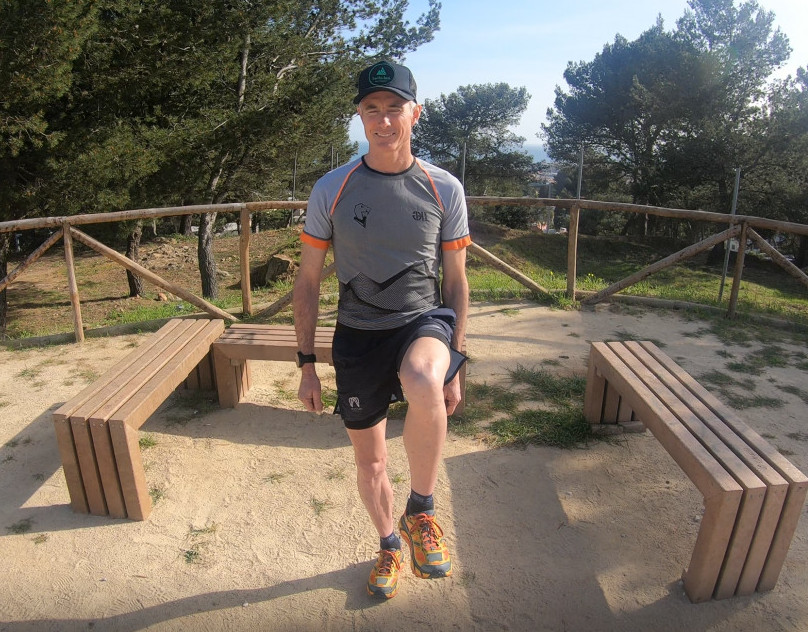
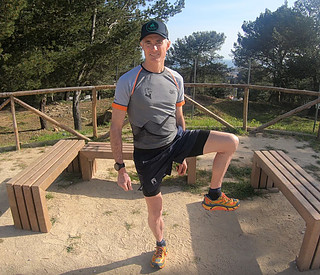
Another variation on this (and increased difficulty) is to move your leg out to the side and back while maintaining your balance.
Single Leg Hops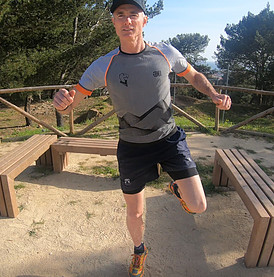
Stand on one foot with your arms out to balance. Hop forward, stabilise, then hop back. Next, hop backwards, stabilise, then hop back. Now repeat this to the right and to the left.

Repeat this five times then switch legs. To make it more difficult, place your hands on your hips whilst doing the activity.
Single Leg Squats
While balancing on one leg perform five single leg squats on each side. Only squat down as far as you are comfortable. Once your strength develops, you will be able to go lower over time. Good form is very important, focus on this rather than how low you can get.
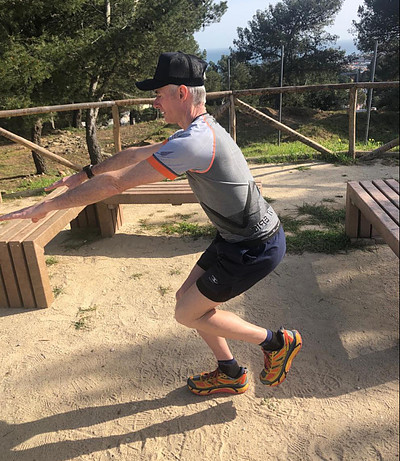
Good form means keeping your butt back like you would if sitting and not lowering forward of your knee which will put excess strain on the knee joint.
Advanced Exercises
Once you have implemented these exercises for a few weeks you may find you want to step it up. Once your muscles have adapted to a new routine, changing it up will ensure you continue to see results as well as keeping things interesting.
A great tool for increasing the challenge and difficulty of your balance and stability work is a BOSU ball. Not only great for ankle stability but many other functional and core strength benefits.
-
- Improved balance, flexibility, stability and proprioception.
- Strengthen particularly the tiny stability muscles that are often neglected.
- Create a strong core and build strength.
You can buy the RitFit Balance Ball Trainer here from Amazon.
For getting started with a Bosu ball, here’s a great video from CriticalBench.com – watch it by clicking here.
Strong Foundation
Once I began incorporating these exercises into my weekly conditioning, (along with time out on the trail) I found my risk of rolled ankle injury decreased significantly. Being out on the trail itself is an excellent form of conditioning and strengthening to the ankle and surrounding areas. It is that beginning phase where we must be cautious and build slowly to ensure long term success.
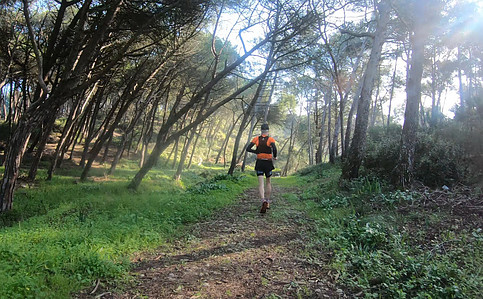
As with other aspects of running training, it is so important not to neglect the core principles of stabilisation and strength. It is very easy to forget this in our quest to get out there and get the miles done. But without taking the time to implement these factors we will soon be faced with niggling injuries due to weaknesses which ultimately impact our end goals.
Make sure you take the time to add in core, stability and strengthening work. It is not only critical in injury prevention but will also enhance your running form, improve your overall posture and help keep you pain free.
Happy Trails,
Andrew.
